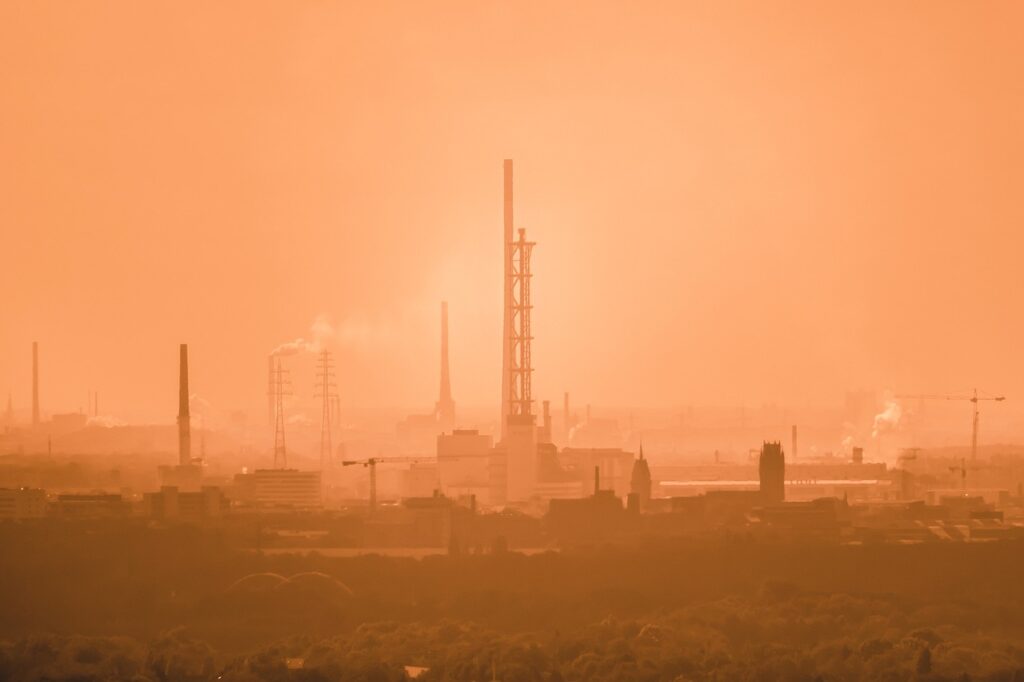- Commerce City, a small town located just north of Denver, has widespread air pollution sources that impact the health of its residents.
- A new study conducted by the Colorado Department of Public Health and Environment found that pollution from oil and gas operations, transportation, and industry are among the leading sources of air pollution in the area.
- The study also found that Commerce City has higher levels of air pollution than nearby communities, and that residents in low-income and diverse neighborhoods are disproportionately affected.
- The state is working with local officials and industry stakeholders to develop strategies to reduce air pollution in the area, such as increasing the use of clean energy and implementing stricter regulations on industrial emissions.
- However, some residents are calling for more immediate action, including better monitoring and enforcement of existing regulations, and greater transparency from local officials and industry stakeholders.
By The Denver Gazzete | March 17, 2023
A year-long Commerce City air pollution study by Cultivando, a non-profit Hispanic health organization, returned some surprising information about the sources of pollution in the area surrounding the Suncor oil refinery located there and thought by residents to be the chief source of pollutants….
“Environmental racism is forcing our communities to endure cumulative effects of toxic exposure, which impacts multiple generations in the area where Suncor has operated for nearly a century without sufficient scrutiny or accountability,” said Executive Director Olga González.
Data gathered by Cultivando’s air monitoring program shows that Suncor is just one of multiple sources of air pollutants in Commerce City’s industrialized areas surrounding the intersection of I-270 and Vasquez Boulevard, including the Denver sewer plant, which is adjacent to the refinery.
The study, conducted by Boulder Atmosphere Innovation Research, collected hundreds of thousands of data points over the course of a year from sophisticated air monitoring equipment at a fixed location and a mobile monitoring trailer deployed at more than 20 locations over the course of the study…
Read more from The Denver Gazzete.



